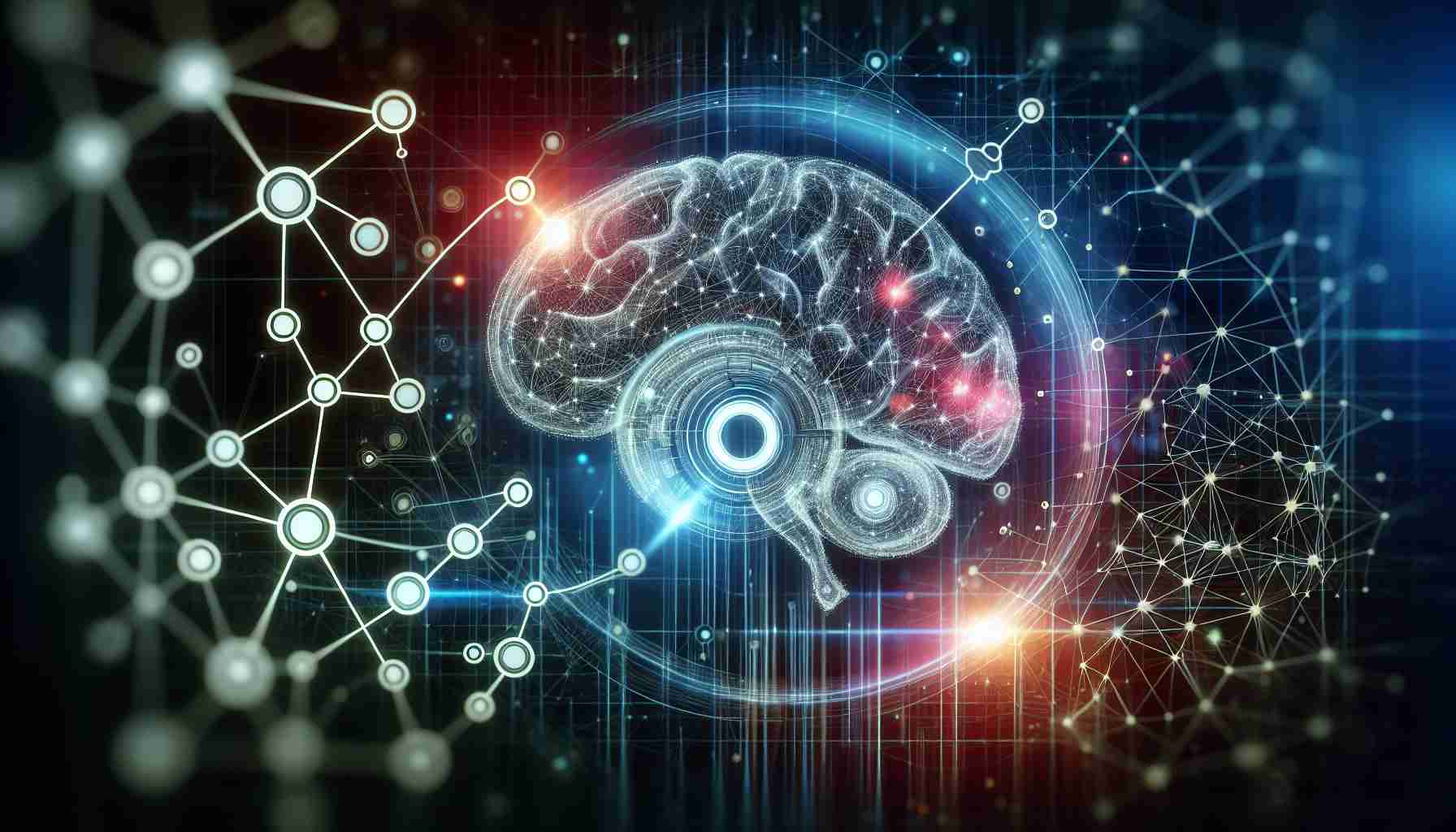Huawei Embarks on Next-Gen Networking with AI at its Core
Huawei is spearheading the transformation of data communication networks by infusing advanced artificial intelligence (AI) into the core of their operations. At the Huawei Analyst Summit 2024, Steven Zhao, Vice President of the enterprise’s Data Communication Product Line, highlighted the company’s strides in enhancing network intelligence. By focusing on AI integration at various levels, Huawei is setting the stage for the next leap in network efficiency and performance.
All-Encompassing Network Intelligence Takes Center Stage
Zhao highlighted the essential role that AI technologies play in revolutionizing networking capabilities. In the era of Net5.5G, he emphasized Huawei’s commitment to ‘AI for Networks’ and ‘Networks for AI’ – crucial components of an intelligent network ecosystem. These components include advanced network elements, digital twins, and generative AI to support dynamic and smart network operations. Huawei’s AI-powered network solutions are also key in providing the computational power needed for AI training and maximizing network capacities.
Cutting-edge Solutions by Huawei Propel Industry Forward
Pioneering solutions, such as Huawei’s Net Master and HD network digital map, are accelerating progress toward autonomous L4 networks. The Net5.5G CloudCampus and Converged WAN showcase increased wireless and WAN efficiencies, leveraging AI for improved user experiences. Additionally, Huawei’s innovations have significantly impacted security operations, with HiSec SASE amplifying defense capabilities.
An instance of Huawei’s practical impact was shared by Ethan from iFlytek, who illustrated how Huawei’s Net5.5G Xinghe Data Center Network Solution enhanced their AI model training.
Collaboration and Innovation: The Future of Net5.5G
The year 2024 has been marked as the inaugural year for commercial Net5.5G services. Alongside Huawei’s advancements, organizations like the World Broadband Association and China’s CAICT are launching initiatives to drive the industry towards high-speed, exceptional network infrastructures. Zhao champions the collective effort to welcome the new network generation by integrating these intelligent technologies on a larger scale and paving the way for extraordinary advancements in network transformation.
Key Challenges and Controversies Associated with AI Integration in Networking
One of the main challenges associated with integrating AI into networking is ensuring data privacy and security. As networks become smarter and more autonomous, they also become more intricate, which can potentially increase vulnerabilities to cyberattacks. There are also concerns about how AI algorithms may become black boxes, making it difficult to understand or predict network behavior in certain scenarios, which can lead to accountability issues. Moreover, there is the challenge of interoperability, where AI-enhanced networks need to communicate seamlessly with existing legacy systems and networks from other vendors.
Another controversy that often accompanies AI deployment in any sector is job displacement. As networks become more autonomous and capable of self-management, the need for human network administrators may diminish, leading to employment concerns in the industry.
Advantages and Disadvantages of AI Integration in Networking
The advantages of integrating AI into networking include increased operational efficiency, as AI can optimize network traffic, predict maintenance needs, and instantly react to changing bandwidth demands. This leads to cost savings and a user experience that constantly adapts to meet service demands.
AI-driven networks can also handle complex operations that would be too time-consuming or difficult for human administrators, such as managing the instant setup and tear-down of network slices for different applications.
However, disadvantages include the complexity and cost of implementing such AI systems. There’s a significant initial investment not only in terms of the AI technology itself but also in training personnel to work with these new intelligent systems. Moreover, the reliance on AI could lead to reduced human expertise in network management over time, as AI systems handle more of the routine decision-making and problem-solving.
Related
Links
For more information on Huawei’s operations and their advances in AI and networking, you can visit their official website at Huawei.
Please note that while these points are relevant to the topic of network intelligence and Huawei’s AI integration, they were not explicitly mentioned in the article provided.
The source of the article is from the blog windowsvistamagazine.es
